In the ever-evolving landscape of astrophysics education and public outreach, a groundbreaking initiative has emerged that bridges the gap between complex relativistic physics and interactive entertainment. The Black Hole Physics Engine represents a paradigm shift in how we visualize and comprehend Einstein's theory of general relativity, transforming abstract mathematical concepts into tangible, game-like experiences that both educate and captivate.
Developed through a collaboration between theoretical physicists and game designers, this innovative platform simulates the warping of spacetime around massive celestial objects with unprecedented accuracy. Unlike traditional planetarium software or simplified educational tools, the engine incorporates full general relativistic calculations to render real-time visualizations of gravitational lensing, time dilation, and photon sphere dynamics. What sets it apart is its game-first approach – rather than presenting dry academic simulations, it embeds these phenomena within compelling gameplay mechanics that reward players for understanding relativistic effects.
The engine's core innovation lies in its adaptive rendering system that dynamically adjusts the level of physical accuracy based on user interaction. When players approach a simulated black hole, the environment doesn't merely display pre-rendered effects but calculates genuine light geodesics in curved spacetime. This produces authentic visual distortions where background stars appear to stretch and smear around the event horizon, while nearby objects undergo dramatic redshifting. The system even models the Penrose process, allowing players to theoretically extract energy from a rotating black hole's ergosphere through in-game mechanics.
Beyond its scientific rigor, the project succeeds through its clever implementation of relativity as gameplay. One particularly ingenious level requires players to navigate a spacecraft near a supermassive black hole while managing the consequences of time dilation. Mission objectives must be completed within strict time limits as measured by distant observers, creating fascinating temporal puzzles where players experience firsthand how their perception of time differs from the "outside universe." Another scenario challenges users to slingshot around a binary black hole system, utilizing frame-dragging effects to achieve velocities impossible in Newtonian physics.
The educational implications are profound. Traditional physics instruction often struggles to convey why relativistic effects occur, typically resorting to abstract spacetime diagrams or mathematical formulations. By contrast, the engine's interactive environment allows users to feel physics through gameplay. When a player witnesses how different orbital trajectories around a Kerr black hole produce varying time dilation factors that directly impact their score or mission success, the connection between theory and observable phenomenon becomes viscerally clear. Early testing in university classrooms has shown remarkable improvement in student comprehension of general relativity concepts compared to conventional teaching methods.
From a technical standpoint, the engine represents a marvel of computational efficiency. The development team has implemented novel approximation algorithms that maintain scientific validity while achieving real-time performance on consumer hardware. Their breakthrough came from adapting techniques originally developed for gravitational wave detection, repurposing matched filtering methods to predict light paths without exhaustive numerical integration. The result is a system that can simulate microsecond-scale events near an event horizon or cosmological-scale interactions between galaxy clusters, all within the same interactive framework.
Perhaps most exciting are the engine's emerging applications beyond education. Astronomers have begun using modified versions to visualize complex multi-body relativistic systems, while science communicators employ its rendering capabilities for documentary productions. The gaming industry has taken notice too, with several major studios exploring licensing opportunities to incorporate authentic astrophysics into space exploration titles. This cross-pollination between academia and entertainment hints at a future where cutting-edge physics research directly informs mainstream media, and where public understanding of cosmic phenomena grows through engagement rather than passive observation.
As the project enters its next development phase, the team is focusing on multiplayer functionality that will allow users to experience relativity's mind-bending consequences socially. Imagine cooperative missions where team members in different gravitational potentials must coordinate actions despite experiencing time at different rates, or competitive scenarios where players can manipulate spacetime geometry to gain strategic advantages. These planned features promise to deepen both the educational value and entertainment potential, potentially creating an entirely new genre of science-based gaming.
The Black Hole Physics Engine ultimately demonstrates how sophisticated scientific concepts can transcend academic circles when presented through interactive media. By marrying rigorous physics with engaging gameplay, it achieves what textbooks and lectures often cannot – making the universe's most extreme environments intuitively understandable while preserving all their wondrous strangeness. In doing so, it represents not just a tool for education, but a new form of scientific communication for the digital age.

By /Jul 3, 2025

By /Jul 3, 2025
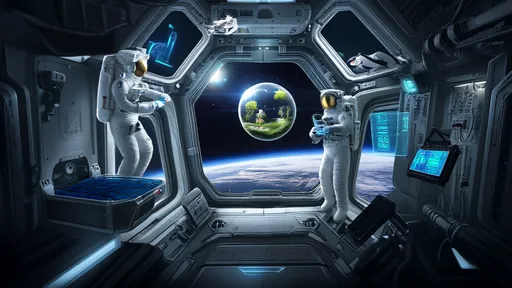
By /Jul 3, 2025
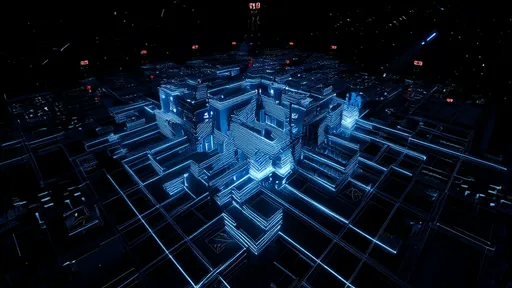
By /Jul 3, 2025

By /Jul 3, 2025
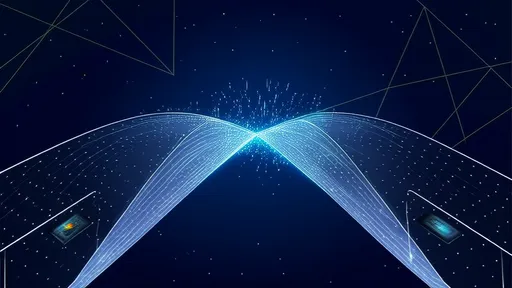
By /Jul 3, 2025
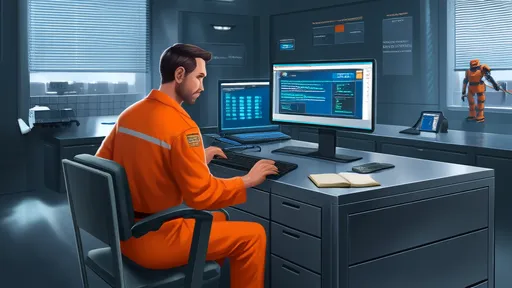
By /Jul 3, 2025

By /Jul 3, 2025

By /Jul 3, 2025

By /Jul 3, 2025

By /Jul 3, 2025

By /Jul 3, 2025
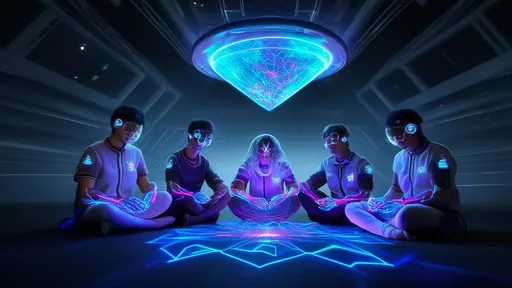
By /Jul 3, 2025
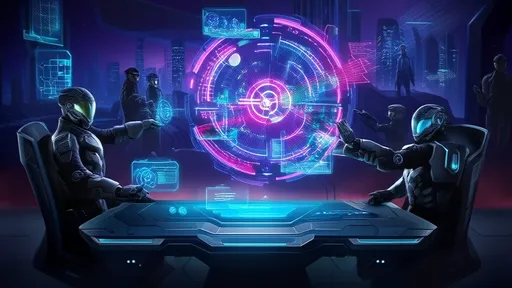
By /Jul 3, 2025
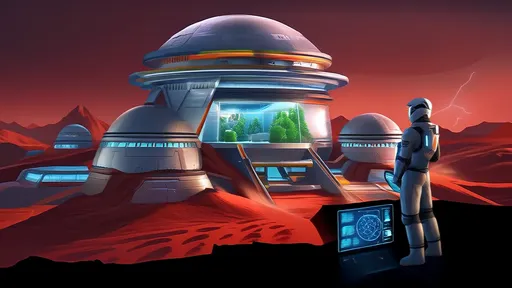
By /Jul 3, 2025

By /Jul 3, 2025
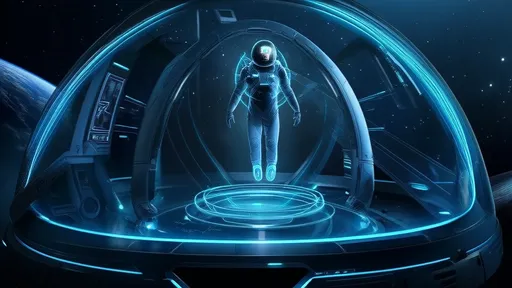
By /Jul 3, 2025
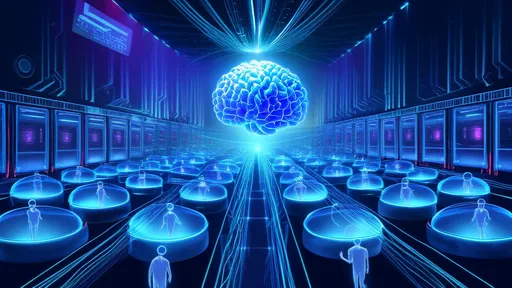
By /Jul 3, 2025